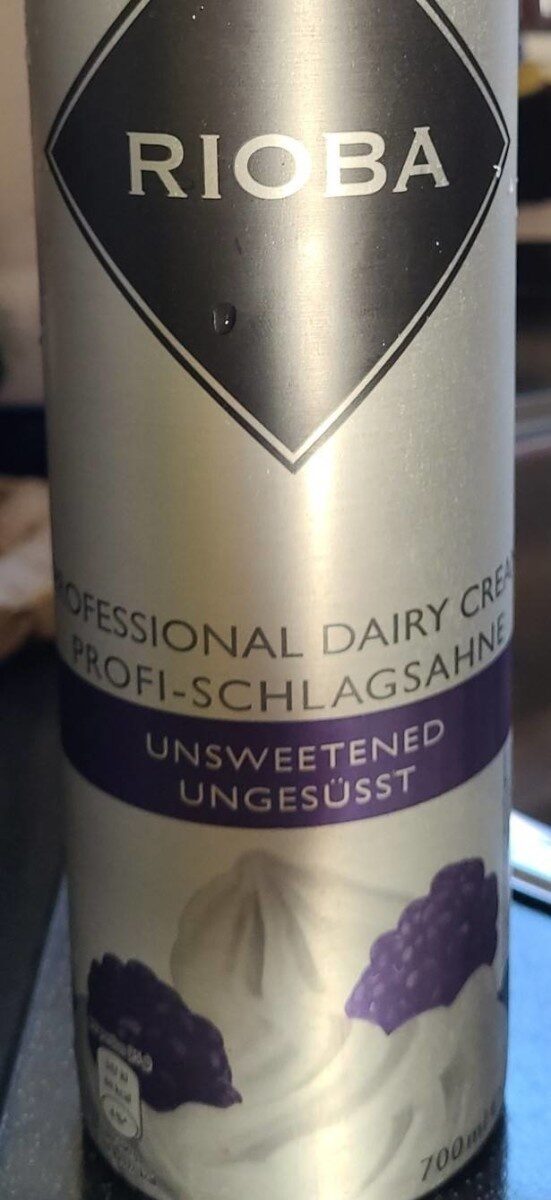Schlagsahne - Rioba - 700 ml
This product page is not complete. You can help to complete it by editing it and adding more data from the photos we have, or by taking more photos using the app for Android or iPhone/iPad. Thank you!
×
Barcode: 4333465097190 (EAN / EAN-13)
Quantity: 700 ml
Packaging: Aluminium can
Brands: Rioba
Categories: Dairies, Creams, Whipped creams
Traceability code: BE CO 368 EC
Stores: Makro
Countries where sold: Netherlands
Matching with your preferences
Environment
Carbon footprint
Packaging
Transportation
Report a problem
Data sources
Product added on by bcome
Last edit of product page on by bertusdendroef.
Product page also edited by aleene, kiliweb, openfoodfacts-contributors, packbot, yuka.sY2b0xO6T85zoF3NwEKvlhJeb_WHog7YNgXtlBWZ9tWXCobMS4FYvbXfGqs, yuka.sY2b0xO6T85zoF3NwEKvlmpAV9rasizkLDrno1Sr7fm8Cbr4X8tMu67GGas.
If the data is incomplete or incorrect, you can complete or correct it by editing this page.










